India’s artistic legacy is as vast and vibrant as its landscapes—from the intricate patterns of Mughal miniatures to the bold strokes of tribal wall art. For sketchbook artists, India offers a rich palette of cultural motifs, traditional materials, and time-honored methods that continue to inspire contemporary practice. In this post, we’ll explore how sketching through India can deepen your creative process, connect you to centuries of visual storytelling, and infuse your sketchbook with meaning and texture.
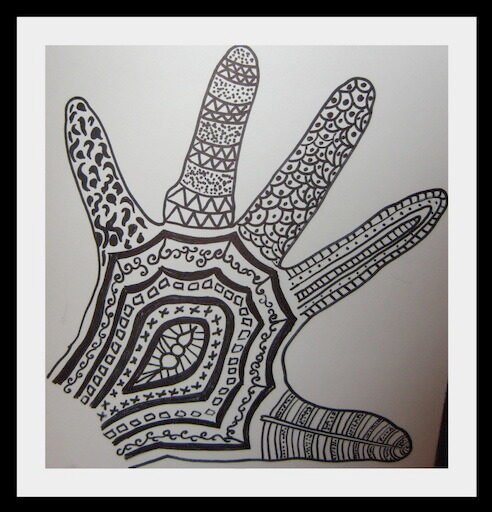
credit: CLAIRE
The Sketchbook as a Cultural Canvas
Sketchbooks are more than blank pages—they’re spaces for reflection, experimentation, and cultural dialogue. In India, the act of sketching is often intertwined with ritual, storytelling, and craftsmanship. Whether you’re capturing temple architecture in Tamil Nadu or sketching street scenes in Kolkata, your sketchbook becomes a living archive of India’s visual diversity.
Artists traveling through India often find themselves immersed in a sensory-rich environment: vibrant textiles, ornate carvings, bustling markets, and layered histories. These elements naturally lend themselves to sketchbook exploration, encouraging artists to document not just what they see, but what they feel.
Cultural Motifs That Define Indian Art
Mandalas and Sacred Geometry
Mandalas—circular designs rooted in spiritual symbolism—are found across Indian art traditions, from Buddhist thangkas to Hindu yantras. These motifs represent balance, unity, and cosmic order. Sketching mandalas can be both meditative and expressive, offering a structured yet creative way to explore symmetry and pattern.
Paisley, Floral, and Textile Patterns
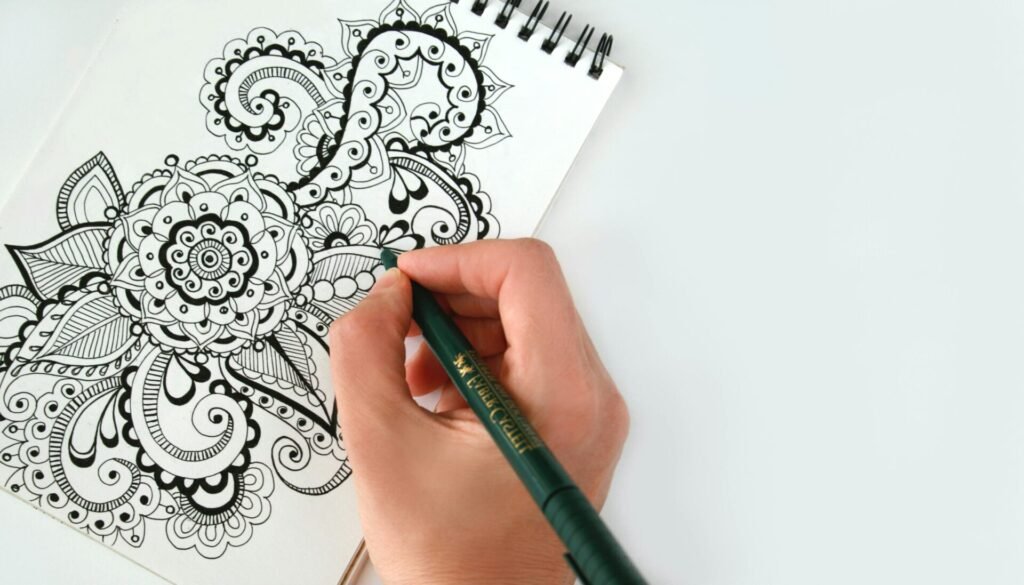
India’s textile heritage is legendary. Motifs like paisley (known locally as “boteh”), lotus flowers, and peacocks appear in block prints, embroidery, and sari designs. These patterns are ideal for sketchbook studies, especially when experimenting with repetition, layering, and color.
Tribal and Folk Art Symbols
From Warli stick figures to Madhubani fish and trees, India’s tribal and folk art is rich in symbolic language. These motifs often depict daily life, nature, and mythology. Sketching them can help artists explore narrative composition and stylized forms.
Architectural Details
India’s architecture—from Mughal domes to Jain temple carvings—is a treasure trove of sketchable detail. Arches, jali screens, and decorative friezes offer endless inspiration for linework, shading, and perspective studies.
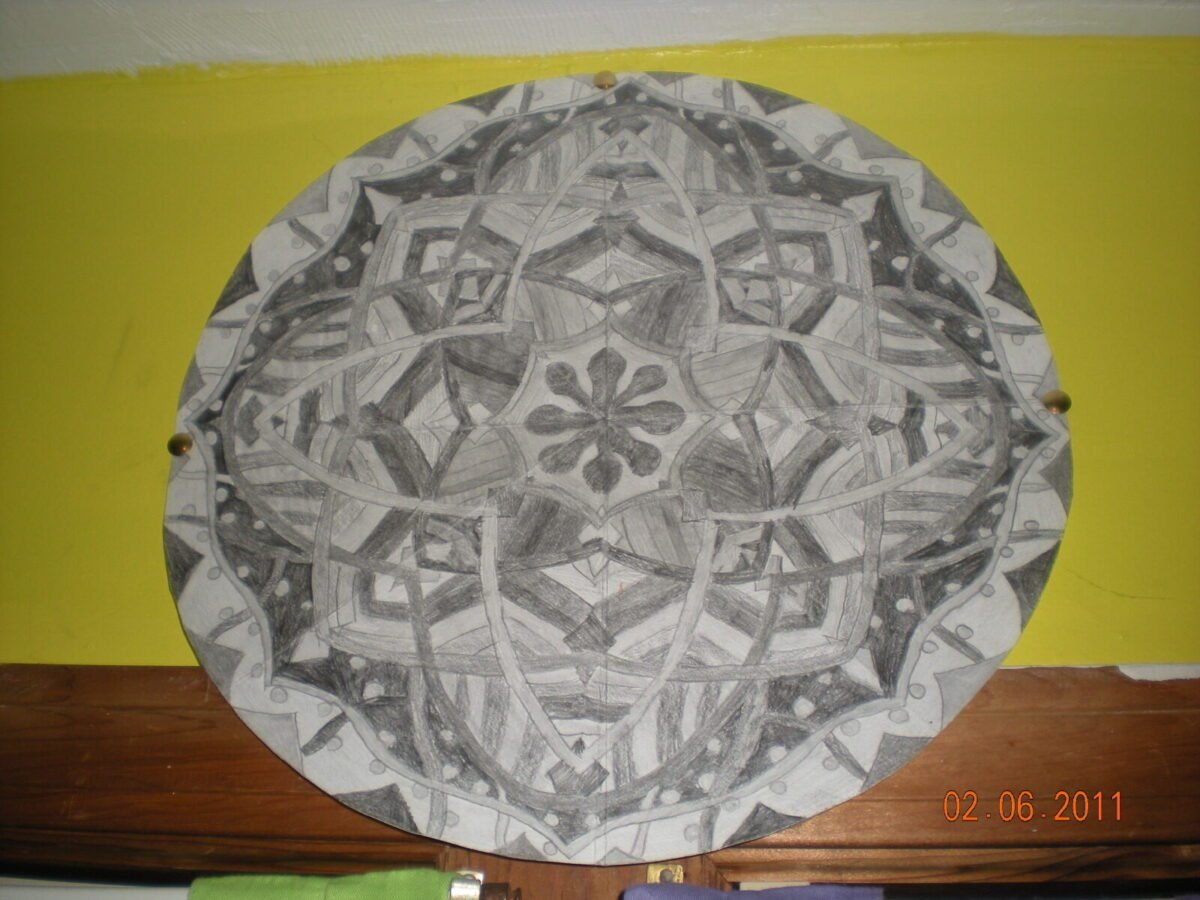
credit: RACHAMBERLAND
Traditional Materials That Elevate Sketching
Handmade Paper and Khadi Sketchbooks
India produces beautiful handmade papers, often crafted from cotton rag or recycled fibers. Khadi sketchbooks, made in small artisan workshops, offer a textured surface ideal for ink, watercolor, and graphite. These papers absorb pigment differently than machine-made stock, adding character to every mark.
Natural Pigments and Inks
Traditional Indian artists have long used natural pigments derived from minerals, plants, and spices. While modern sketchers may not grind their own colors, exploring turmeric yellow, indigo blue, or soot-based black ink can connect your work to ancient methods.
Bamboo Pens and Brushes
Bamboo reed pens and squirrel-hair brushes are still used in calligraphy and miniature painting. These tools offer unique line variation and fluidity, perfect for expressive sketching or detailed ornamentation.
Textile Scraps and Mixed Media
Incorporating fabric swatches, embroidery threads, or block-printed paper into your sketchbook can create tactile, layered compositions. This mixed-media approach echoes India’s fusion of craft and fine art.
Sketchbooks.org | VISUAL RESEARCH HUB
Sketching India Indian Art Examples
Visual research is critical for any creative endeavor. We have compiled specialized links to lead you directly to images, videos, and inspiration for "Sketching India Indian Art Examples" across the web's best visual search platforms.
Methods Rooted in Indian Tradition
Observational Sketching in Public Spaces
India’s streets, temples, and festivals are dynamic environments for observational sketching. Capturing movement, gesture, and atmosphere helps artists develop speed and intuition—skills prized in both classical and contemporary Indian art.
Storytelling Through Sequential Imagery
Many Indian art forms, like Pattachitra and Phad painting, use sequential panels to tell stories. This method can be adapted to sketchbooks as visual narratives, combining text and image to document journeys or explore themes.
Ritual and Repetition
Sketching as a daily ritual mirrors practices in Indian devotional art, where repetition is a form of meditation. Creating a mandala every morning or drawing the same motif across pages can foster discipline and mindfulness.
Collaborative and Community-Based Sketching
In India, art is often communal. Participating in local workshops, sketchwalks, or collaborative murals can enrich your sketchbook with shared experiences and diverse perspectives.
On-Skin Drawing Traditions in India
India’s artistic expression isn’t limited to paper or canvas—it’s deeply embedded in the skin. On-skin drawing traditions like Mehndi and tribal tattooing have long served as forms of storytelling, ritual, and identity. For sketchbook artists, these practices offer powerful inspiration in terms of linework, symbolism, and cultural depth.
Mehndi (Henna Body Art)
Mehndi is a form of temporary skin decoration using a paste made from the powdered leaves of the henna plant (Lawsonia inermis). Applied to the hands, feet, and sometimes other parts of the body, Mehndi designs are intricate, flowing, and deeply symbolic.
- Cultural Significance: Used during weddings, festivals, and rites of passage by Hindu, Muslim, and Sikh communities.
- Design Elements: Paisleys, florals, mandalas, and hidden names or symbols.
- Sketchbook Inspiration: Artists often study Mehndi for its rhythmic patterns, symmetry, and storytelling potential.
Mehndi is not just decorative—it’s a ritual. The act of applying it is often communal, celebratory, and meditative, echoing the same intentionality many artists bring to their sketchbooks.
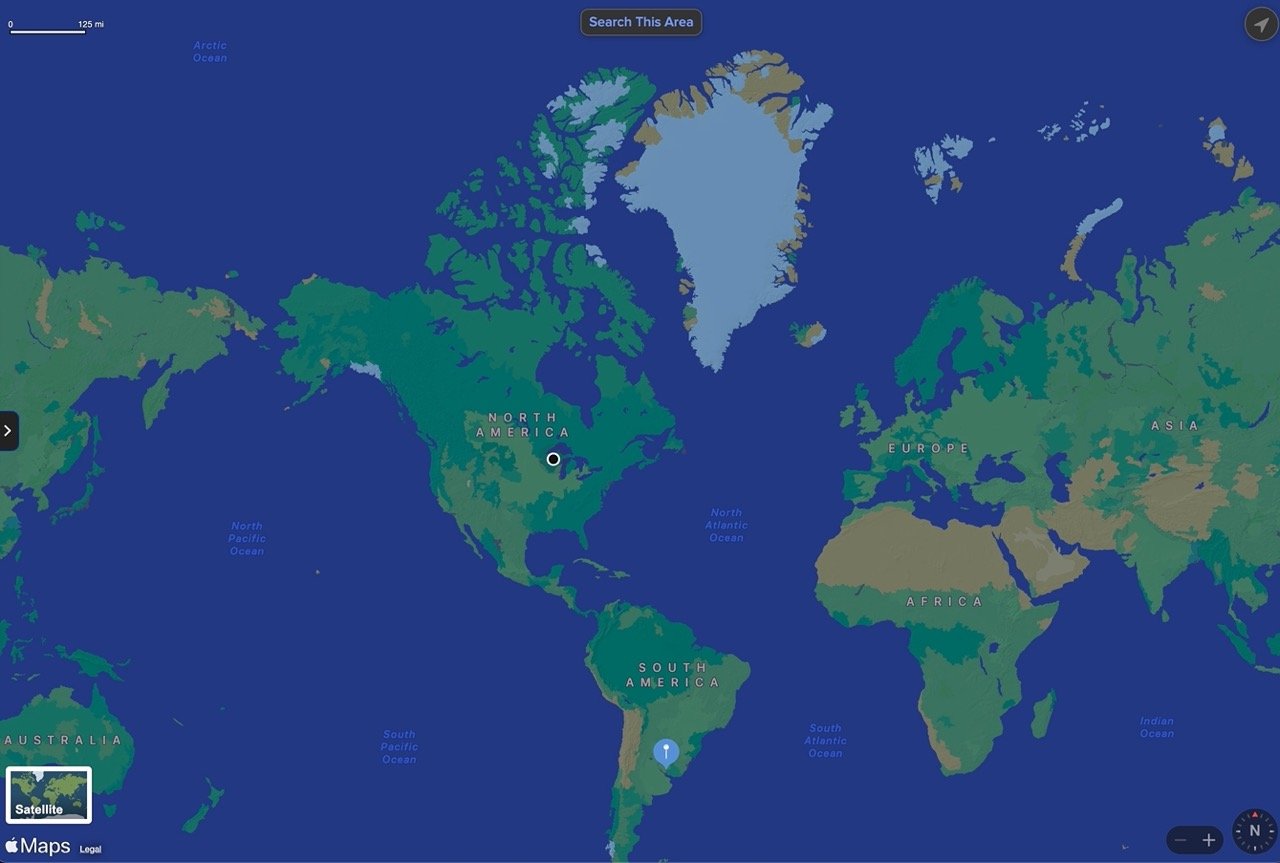
GOOGLE MAPS
India
Google Maps (and others) are essential for visualizing location-based information. Explore the area related to "India" and find points of interest nearby.
Tribal Tattooing (Godna)
India also has a long history of permanent on-skin art known as Godna, practiced by tribal communities across regions like Madhya Pradesh, Odisha, and Arunachal Pradesh.
- Symbolic Motifs: Suns, animals, labyrinths, and fertility symbols.
- Cultural Role: Tattoos mark life stages, protect against evil, and signify tribal identity.
- Artistic Influence: These designs are bold, geometric, and deeply rooted in oral tradition—ideal for stylized sketchbook studies.
Unlike Mehndi, tribal tattoos are permanent and often carry spiritual or ancestral meaning. Their visual language—minimalist yet powerful—can inspire modern artists to explore symbolism and abstraction.
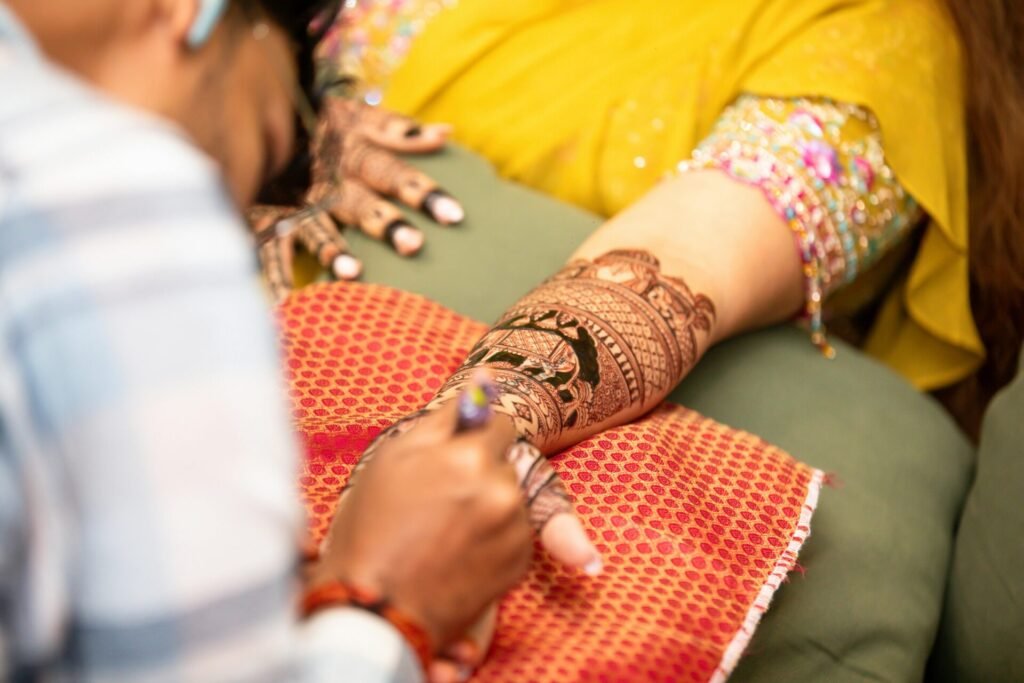
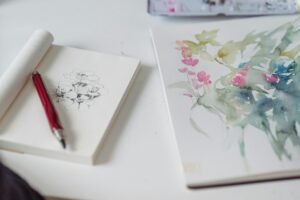
Sketchbooks.org | SUBJECT MATTER
Develop a Unique Perspective Painting Flowers and Landscapes
Why Subject Matter Alone Isn’t Enough Learning how to develop a unique perspective painting flowers or landscapes can set your work apart in a genre saturated with beauty but often lacking originality. These classic subjects—beloved...
Frequently Asked Questions
What makes Indian motifs unique for sketchbook art?
They combine symbolism, storytelling, and intricate design, offering depth and cultural resonance.
Can I use traditional Indian materials in modern sketchbooks?
Yes—handmade paper, natural pigments, and bamboo pens integrate beautifully with contemporary techniques.
Is sketching in public common in India?
Absolutely. Artists often sketch in markets, temples, and festivals, capturing vibrant scenes and interactions.
What are Khadi sketchbooks?
They’re handmade books using cotton rag paper, known for texture and durability—ideal for mixed media.
How do mandalas fit into sketchbook practice?
They offer a structured way to explore symmetry, mindfulness, and spiritual themes.
Are Indian folk art styles good for beginners?
Yes—styles like Warli and Madhubani use simple shapes and patterns, making them accessible and expressive.
Can I combine Indian motifs with my own style?
Definitely. Fusion sketching allows you to blend cultural elements with personal expression.
What’s the role of storytelling in Indian sketching methods?
Visual storytelling is central—many traditions use sequential imagery to convey myths, history, or daily life.
Are there sketching communities in India?
Yes—urban sketchers, art schools, and local workshops foster collaborative creativity across cities.
How can I ethically incorporate Indian art into my sketchbook?
Study the traditions respectfully, credit sources, and avoid appropriation by focusing on learning and honoring.
Final Thoughts
Sketching through India is more than an artistic exercise—it’s a journey into a culture where art is woven into daily life, ritual, and identity. By embracing India’s motifs, materials, and methods, your sketchbook becomes a bridge between tradition and innovation, observation and imagination.
Whether you’re drawing temple carvings in Varanasi or experimenting with paisley patterns in your studio, the influence of Indian art can deepen your practice and expand your visual vocabulary. Let your sketchbook be a space where ancient rhythms meet modern lines—and where every page tells a story worth remembering.
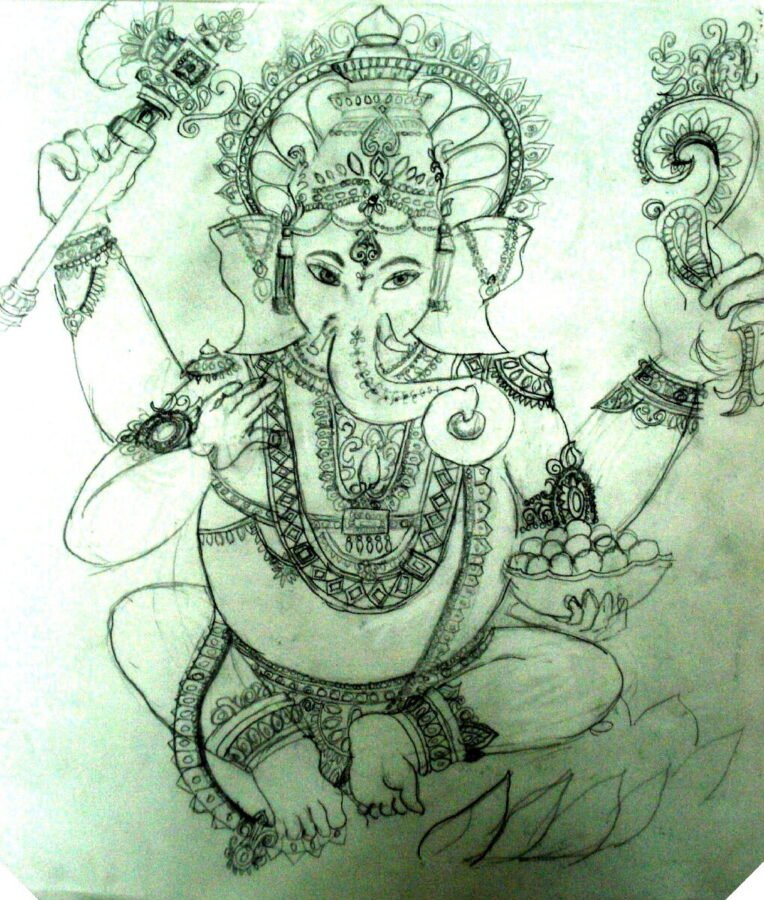
credit: MUFFY820
Ready to Share Your Work?
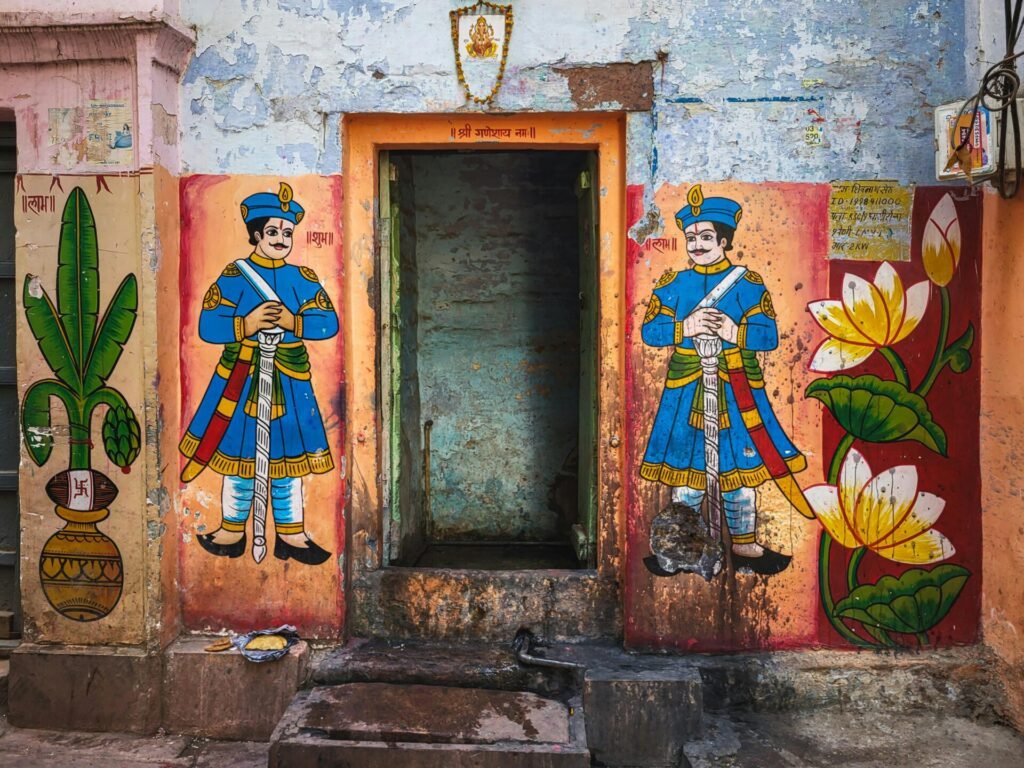

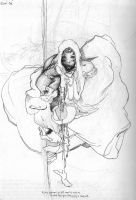
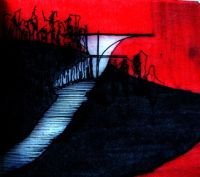
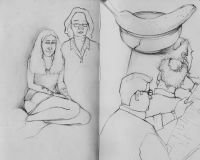
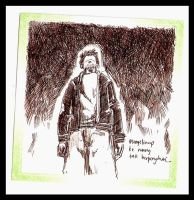
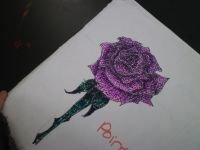
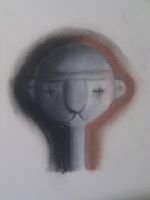

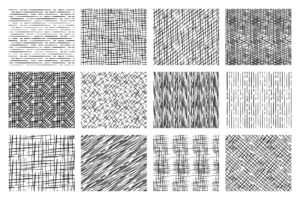
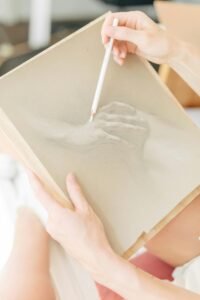
Gotta love the patterns